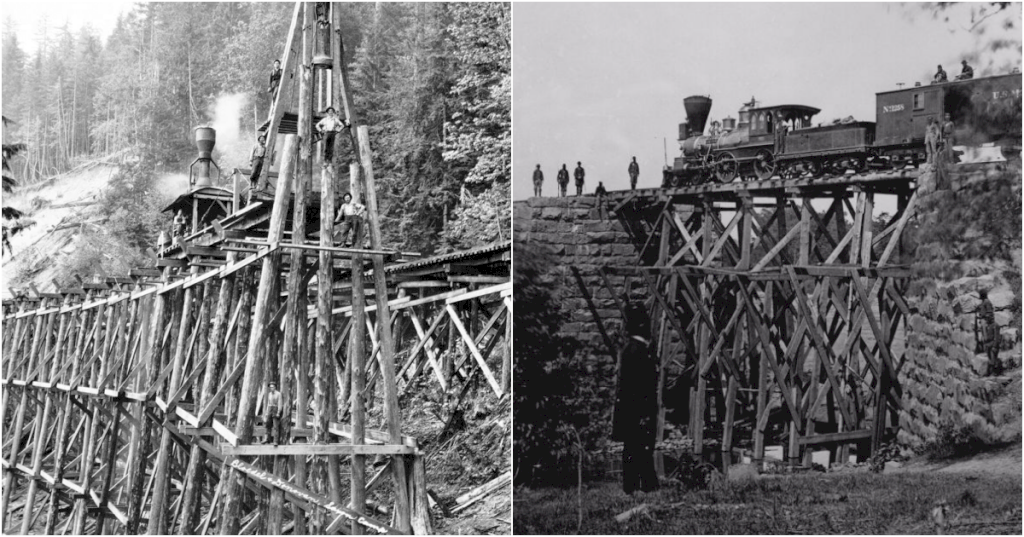The first autopsy can be traced back to 300 BCE in the Mediterranean city-state of Alexandria when a pair of physicians studied corpses in hopes of learning about the origins of disease. This exploration of the body’s mysteries continued through Ancient Greece and the Roman Empire. When the Roman Empire collapsed and the Christian Church came into prominence, human dissection was outlawed. The practice experienced a small resurgence during the Renaissance period as scholars endeavoured to retrace and surpass the ancient world’s discoveries, but the strength of the Church held sway preventing widespread acceptance.
The true golden age of anatomy was in the late 18th and 19th centuries. This period through to the 20th century is due to the emergence of the medical profession as a respectable trade. Human dissection may have been frowned upon by the Church, but in England, it was understood that the study of anatomy would further medical knowledge and therefore some human dissection should be allowed. Starting in the mid-1700s young men flocked to newly founded medical schools, eager to learn all they could about the anatomy and structure of the human body. However, the number of medical students vastly outnumbered the amount of available fresh bodies. And thus, a ghoulish new trend emerged: body snatching.
Medical schools were granted, as cadavers, the bodies of executed felons because dissection was seen as a “vile act” and therefore further punishment for a felon's crimes. This tradition was legalized through the “Murder Act” of 1752 which decreed that, after their execution, the body of every murderer would be given over to medical schools for dissection.
However, even the number of bodies from executed felons was not sufficient to feed the rush of incoming students, which led to an innovative – if macabre – solution to their plight. Students began “body snatching”, which involved digging up freshly buried corpses in the dead of night and sneaking them back to the medical schools where they would be dissected by their fellow students.
Soon, the self-titled “Resurrectionists” developed a series of strategies for claiming a corpse. The resurrectionists would dig a hole at the top of the grave and pull the body out using a hook. Then they would strip the body of its clothes and valuables, discarding them beside the now empty grave. It was important to leave the valuables behind as it was illegal to rob a corpse of its possessions but not to steal the body itself. The public was so outraged by the body thefts that they began burying their loved ones in metal coffins or covering the graves with large slabs of stone or cement. In one case a father filled his child’s coffin with gunpowder in hopes of deterring thieves.
Despite the outrage, the demand for cadavers increased, and the thefts continued. Legitimate sources for acquiring a fresh cadaver were so limited that soon body snatching became a lucrative trade for those outside the medical profession. Criminal gangs were formed, devoting their time stealing fresh corpses and selling them to desperate medical schools. Demand was so high they were able to demand exorbitant prices which the schools had no choice but to pay. There are infamous stories of gangs selling a corpse to one school, only to steal it back and sell it to another.
For over 300 years human dissection has played a critical role in the advancement of Western medicine. While initially abhorred by almost all members of society and the cause of encouraging criminal activity in the form of ‘body snatching’, human dissection is now accepted as a vital teaching tool for both the medical community and the public at large.






















